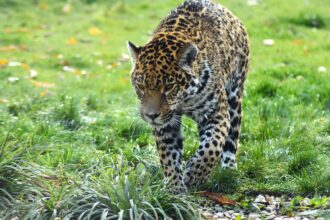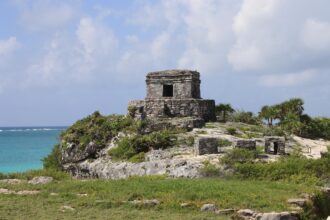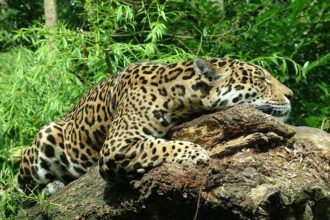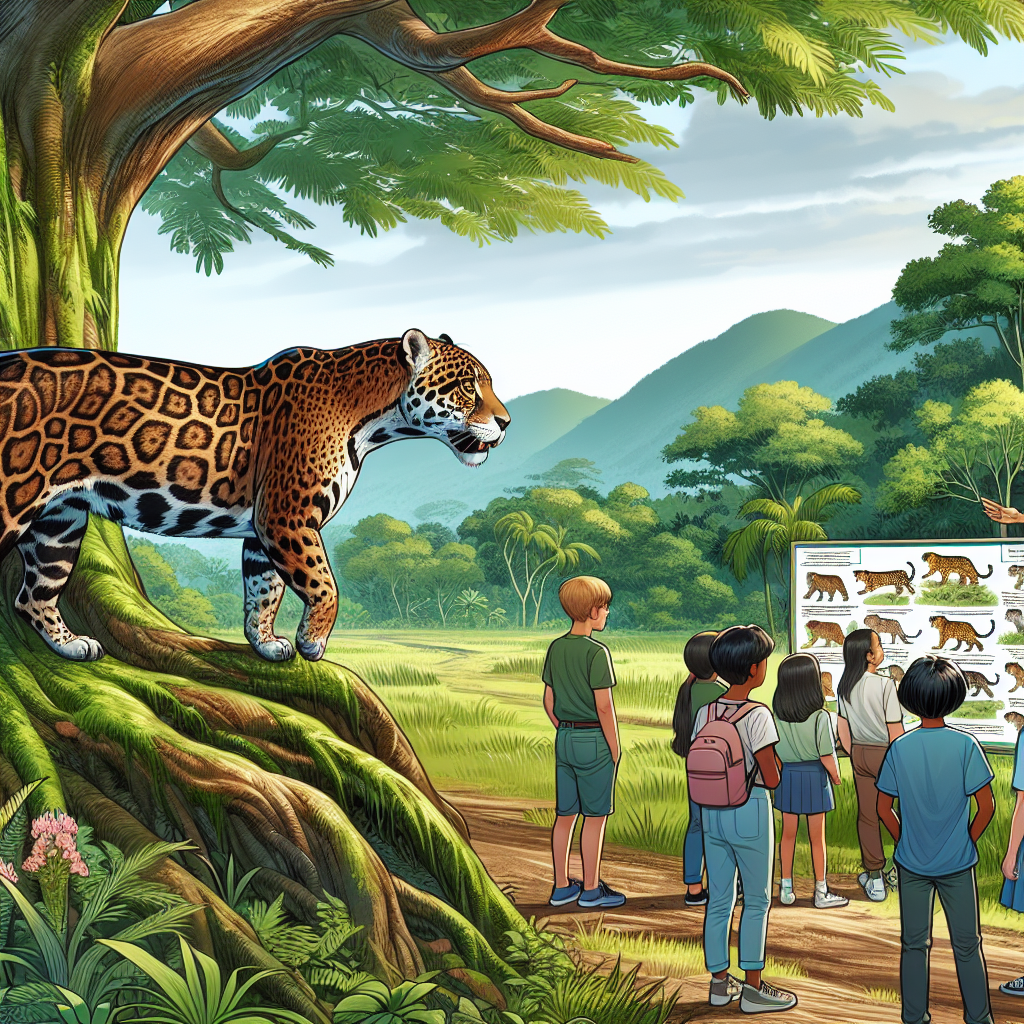Building a Sustainable Future: Tulum’s Educational Jaguar Programs
The Context of Tulum
Tulum, located on Mexico’s Caribbean coast, has rapidly gained global attention for its stunning beaches, ancient ruins, and rich culture. However, beneath the allure of its natural beauty lies an urgent environmental concern. Overcrowding, climate change, and human activities threaten the delicate ecosystems that make Tulum so attractive. In response, innovative solutions are emerging in the form of educational programs focusing on conservation, specifically the protection of the jaguar, a keystone species vital to maintaining the ecological balance.
Understanding the Jaguar’s Role in the Ecosystem
Jaguars (Panthera onca) are apex predators that play a crucial role in maintaining the health of their habitats. By controlling the populations of prey species, they help sustain the biodiversity of their ecosystems. In Tulum, a region rich in biodiversity and cultural heritage, preserving the jaguar is not just about protecting a species; it’s about safeguarding the entire environment. Educational programs centered around jaguars foster an understanding of ecological interdependence among locals and visitors alike.
Overview of Educational Jaguar Programs
Tulum’s Educational Jaguar Programs aim to increase awareness about the jaguar’s plight, promote conservation efforts, and engage community members in sustainable practices. These programs typically incorporate various educational strategies, including workshops, community engagement initiatives, and partnerships with local schools, empowering youth to become advocates for sustainable development.
Curriculum Focus
-
Wildlife Conservation: The curriculum emphasizes the importance of wildlife conservation, teaching participants about the threats jaguars face, such as habitat loss, poaching, and climate change. By understanding these challenges, participants learn the significance of protective measures.
-
Biodiversity and Ecosystems: The programs delve into the broader concept of biodiversity, showcasing how jaguars interact within their ecosystems. Educational sessions often include nature walks, where participants can observe local flora and fauna, enhancing their appreciation of ecological interconnections.
-
Sustainable Practices: Hands-on workshops highlight sustainable practices that can benefit both the environment and the community. Topics include organic farming, recycling, water conservation, and the importance of protecting natural resources.
- Cultural Heritage: The programs incorporate local Maya traditions and beliefs surrounding the jaguar, instilling respect for both cultural history and nature. Storytelling sessions reveal how the jaguar is woven into local mythology and identity, creating a unique learning environment.
Community Engagement and Collaboration
Building a sustainable future in Tulum relies heavily on community involvement and collaboration. The Jaguar Programs foster partnerships with local stakeholders, including:
-
Schools and Universities: Involving educational institutions helps integrate conservation topics into school curricula, thereby reaching a younger audience. Programs often arrange field trips to nearby jungles, where students can learn about jaguar habitats first-hand.
-
Local NGOs: Non-governmental organizations focused on conservation play a vital role in these programs. They provide expertise, resources, and networks to effectively implement educational initiatives and research projects.
-
Local Government: Collaborating with governmental bodies ensures consistent support for conservation policies and programs. Government officials often participate in workshops, sharing information on local conservation laws and efforts.
- Tourism and Hospitality: The tourism industry is a key partner in promoting education about conservation. Hotels and tour operators are encouraged to incorporate elements of the Jaguar Programs into their offerings, raising awareness among tourists while encouraging eco-friendly practices.
Innovative Techniques and Technologies
The use of technology in Tulum’s educational jaguar programs enhances outreach and engagement:
-
Social Media Campaigns: By utilizing platforms like Instagram and Facebook, programs reach local, national, and international audiences. Sharing success stories, volunteer opportunities, and educational content can inspire action and raise funds for conservation initiatives.
-
Mobile Applications: Some programs have developed apps that provide users with real-time data about local wildlife sightings, including jaguars. This fosters citizen engagement and allows the public to contribute to conservation data collection.
- Virtual Reality Experiences: Immersive technologies, such as virtual reality (VR), provide participants with unique experiences that simulate the life of a jaguar in the wild. Such innovative approaches capture the imagination while educating participants about the ecological challenges faced by these incredible animals.
Measuring Impact and Success
Evaluating the success of Tulum’s Educational Jaguar Programs involves several metrics:
-
Participant Growth: Tracking the number of individuals engaged each year reflects the program’s outreach and appeal within the community.
-
Behavioral Change: Surveys and feedback mechanisms gauge shifts in participant understanding and behavior regarding sustainable practices and wildlife conservation.
-
Community Initiatives: Assessing the number of community-led projects that emerge as a result of participation in the programs demonstrates their effectiveness in inspiring local action.
- Biodiversity Monitoring: Collaboration with researchers and conservationists enables monitoring of jaguar populations and biodiversity in Tulum, providing data that can inform future programs and initiatives.
Challenges and Opportunities Ahead
While Tulum’s Educational Jaguar Programs are forging a path toward sustainability, several challenges remain:
-
Funding: Securing adequate funding for educational initiatives can be a hurdle. Developing partnerships with businesses may alleviate financial constraints, fostering a shared commitment to conservation.
-
Awareness and Misconceptions: Changing perceptions about jaguars and their conservation is crucial. Educational programming must continually strive to dispel myths and highlight the ecological significance of these magnificent creatures.
- Climate Change: The impacts of climate change pose an immediate threat to jaguar habitats. Programs must adapt to current environmental challenges and incorporate climate education into their curricula.
The Bigger Picture
Tulum represents a microcosm of broader global sustainable development efforts. Integrating jaguar conservation into educational programs showcases a commitment to preserving biodiversity and promoting sustainable practices. By connecting people to nature and educating them about their role in conservation, Tulum’s Educational Jaguar Programs are paving the way for a more harmonious relationship between humans and nature, ensuring a sustainable future for generations to come.







